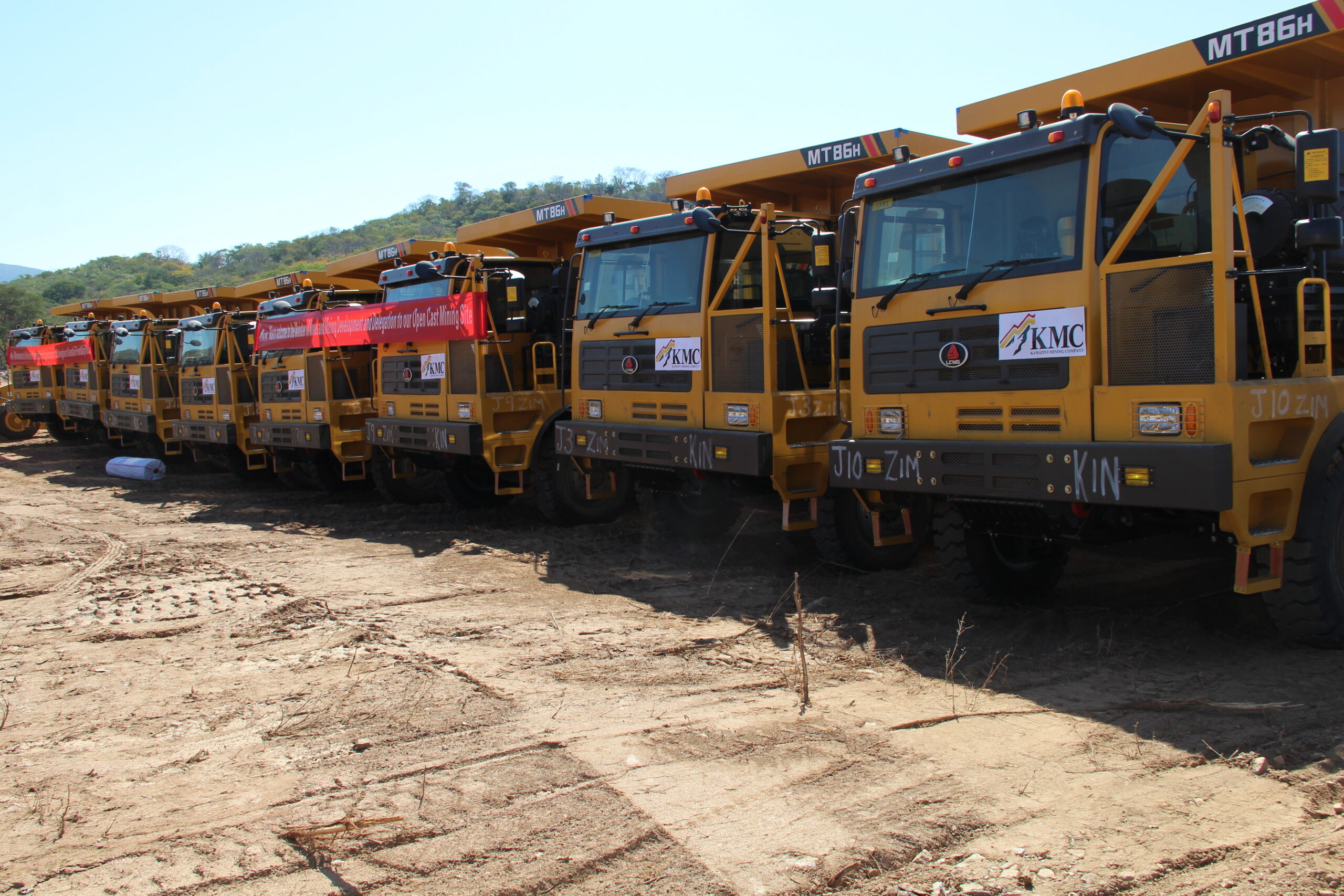Kamativi Mining Company (KMC)’s Lithium Mine in Hwange district is set to start production. The former tin mine, which employed around 3,000 workers before closing in 1994, recently commissioned its phase one modern lithium processing plant.
The new processing plant has a capacity to produce 50,000 tonnes of spodumene concentrate per year, which will then be processed into lithium salts. The plant will initially rely on a 33KV power line from Hwange, but plans are in place to construct an 88KV power line in the future. The company has also constructed a dam to ensure a reliable water supply for the plant.
The reopening of Kamativi Mine is expected to stimulate economic growth and job creation in the area. The mine’s closure in 1994 had turned the town into a ghost town, but its revival is bringing new hope.
Lithium is set to become Zimbabwe’s third biggest mineral export, after gold and platinum group metals, as demand for the mineral increases in the emerging electric motor vehicle industry. Kamativi’s lithium deposits are expected to bring in significant revenue for the country, with an estimated worth of US$2 billion.
In addition to lithium, Kamativi Mine also has deposits of tantalite, beryl, copper, beryllium, spodumene, petalite, and limestone, which could be economically exploited. The mine’s reopening is part of Zimbabwe’s push to diversify its mining sector and attract foreign investment.
Matabeleland North Province is expected to become one of the major lithium producers in the country. The reopening of Kamativi Mine as a lithium operation is a significant step in achieving this goal and will contribute to the country’s economic development.
.png)




